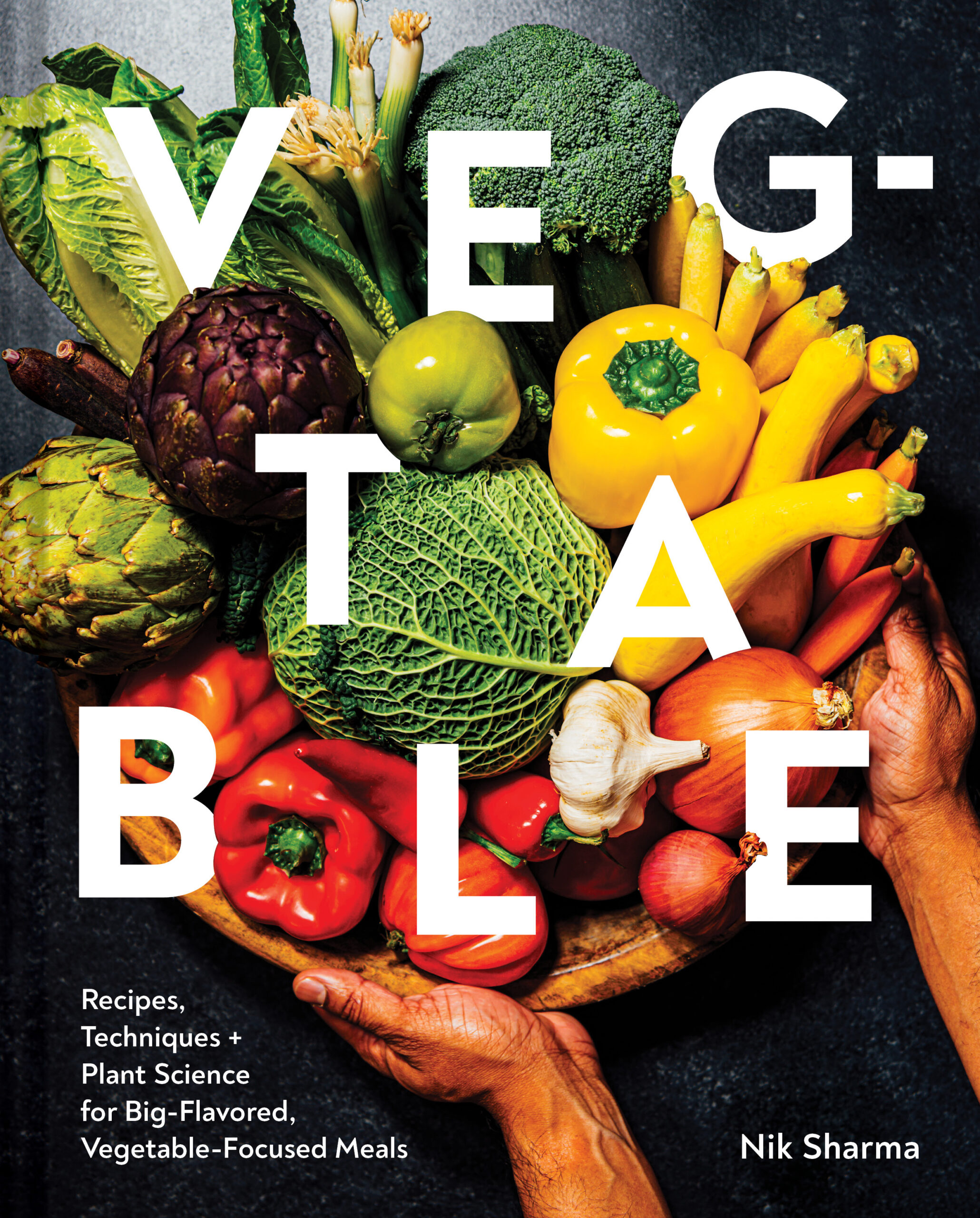










baked eggs with shichimi togarashi and kimchi
5 Stars 4 Stars 3 Stars 2 Stars 1 Star
5 from 1 review
Since most brunches involve eggs besides champagne and cocktails, I’ve created a baked egg and hash brown recipe. This baked (shirred) egg recipe is easy and simple. It’s inspired by Korean and Japanese flavors that I’ve infused at different levels of this dish. There’s a layer at the bottom made with hash browns seasoned with sesame oil, followed by a layer of kimchi that brings a spark of acid and spice, and then that final delicious baked egg with its runny yolk seasoned with a generous sprinkling of the beautiful shichimi togarashi.
Shichimi togarashi is probably one of the most interesting spice blends I keep in the kitchen. It mixes hot and cool flavors, from chili and sesame seeds to seaweed and citrus. It’s one of the few spice mixes that, despite being a blend, you can see the different colors and textures of the components (it’s usually not a very fine powder). I add it over a lot of different things, especially eggs. Add it to any savory dish, and it will pleasantly surprise you!
Serve these baked eggs with toasted slices of buttered sourdough, and you’ll be dipping into that beautiful yolk. Here’s to your new brunch menu addition!
- Yield: 4
Ingredients
1 large/about 400 g russet potato, peeled and coarsely grated
4 tsp sesame toasted oil + a little extra to grease the cocotte
4 Tbsp kimchi
4 large eggs
4 tsp shichimi togarashi
Instructions
- Place a wire rack at mid-level in the oven and preheat to 350F/180C.
- Coat 4 mini cocottes or ramekin dishes with a little sesame oil. Place 1/2 cup of grated potatoes in each cocotte. Mix the salt and pepper in a small bowl. Add 1/4 teaspoon of this mixture over the potatoes in each cocotte. Drizzle 1 tsp of sesame oil over the potatoes in each dish and place the cocotte on a baking tray. Place in the oven without a lid and bake for 20 to 30 minutes or until the potatoes turn golden brown and crispy.
- Remove the tray from the oven, scoop 1 Tbsp kimchi over the potatoes in each cocotte, make a shallow well in the center of the kimchi, and then crack an egg over each and season with salt and pepper and 1 tsp shichimi togarashi. Return the tray to the oven and bake for 10 to 12 minutes until the egg whites are set and the yolks are soft and runny. Watch the eggs carefully, as they can overcook easily. You can cook them longer if you prefer a hard-set yolk. Remove from the oven and serve hot with toasted buttered slices of sourdough bread.
Notes
- Both mini cocottes and ramekins work well here. I use sesame oil over butter to grease the dishes but also for flavor. Use a good quality sesame oil, you can usually find some a bunch of tasty varieties in Asian markets, such as wild sesame oil and some chili infusion ones.
- Depending on what grate size you use, your potato cooking time might change slightly.
- Similarly with Kimchi, there are so many varieties that you can go “wild” and have fun baking and eating.
- Author: Nik Sharma




9 Responses
brunch is my favorite part of the weekend too!!! im more of a blood mary person but i will happily take mimosa 🙂 i have recently been hooked on furikake..i wonder if those spices blend are similar.
This is incredible, Nik!!!! I love love eggs and kimchi, but on top of crispy golden potatoes, too? You’ve made all my dreams come true. (Except for one, which is to have this in front of me right now and not have to wait to go home and make it!) I love this so much.
I’m going to try this tomorrow morning. Sounds yummy
curious to know size- volume of ramekins.
They’re slightly over 1 cup each.
Hi Nik,
These look fabulous! I’m firing up my oven, as I write. I noticed that you call for 2 Tablespoons of shichimi togarashi, but you actually use only
2 teaspoons in the recipe.
Maybe a typo? I will try the 1/2 teaspoon per ramekin. 🙏
Thank you, the recipe has been updated
They are wonderful!! I cooked the eggs for about 7 minutes, without lids, then put on the lids for the last few. How much “lid time” do you recommend?
Thanks so much!!
Time is a bit unreliable here, but if you’re using the lid and you want a fully set egg, an extra 3 to 4 minutes with the lid should do the trick.